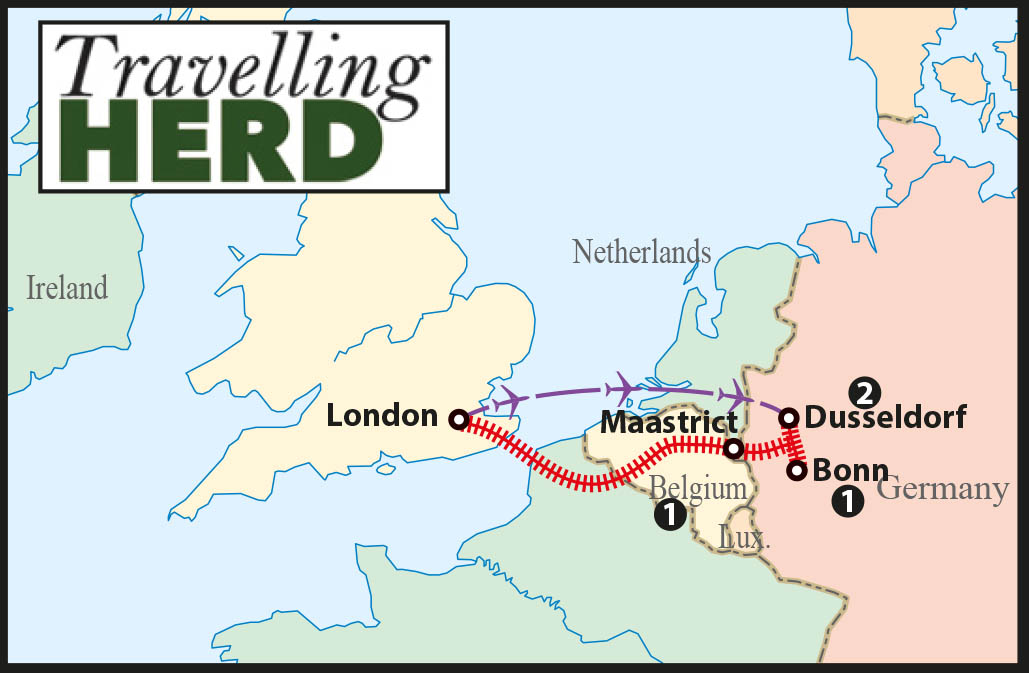Tuesday 28th March 2023
We anticipated that there could be some continued disruption following the strike so Robert went down to reception early to ensure he could sort out the issues with our extended hotel stay. Once again it seemed to take three members of staff to unravel what one person on reception had done. Eventually it transpired that the receptionist had cancelled our first booking for two days and then reinstated a booking for the wrong date. This went some way to explaining why the hotel thought we had checked out when we hadn’t.
When all was under control and good relations restored we set off for Maastricht. Most of the trains were running but we would need to take a bus for part of the journey. Although staff on the railway were telling passengers that their tickets were valid on the bus, the bus driver did not seem to have been informed of this fact. Eventually he became tired of repeating himself and simply allowed passengers with train tickets to board unchallenged.
The last time we were in Maastricht was in the autumn of 2018. For our first trip after Matilda retired we took our Lakeland Terrier, Ralf, away with us on tour in our first motor home. On that occasion we promised ourselves we would return to see more of the city without the restrictions imposed by our canine companion.
Maastricht is steeped in history. It was founded by the Romans at a point on the River Maas where two roads met and is the capital city of the Dutch province of Limburg. The signing of the Maastricht Treaty in 1992 saw the city become the symbol of the European Union, with the first meeting of the original 12 member states being held here.

Having deposited our luggage we strolled across the Maas and through the city walls under Helpoort [Hell’s Gate] part of the city’s original defences and its main entrance. It is the last remaining city gate in Maastricht and, inscribed with the date 1229, it is the oldest city gate in the Netherlands. The gate is 14 meters (46 feet) tall. Since the day was relatively overcast we decided we would wait for another visit to climb the tower and enjoy the views.

The Spaans Gouvernement [or Spanish Government building] facing the city’s main square, Vrijthof, is one of the oldest secular buildings in Maastricht. Originally owned by the church of Saint Servatius it is now an art museum.
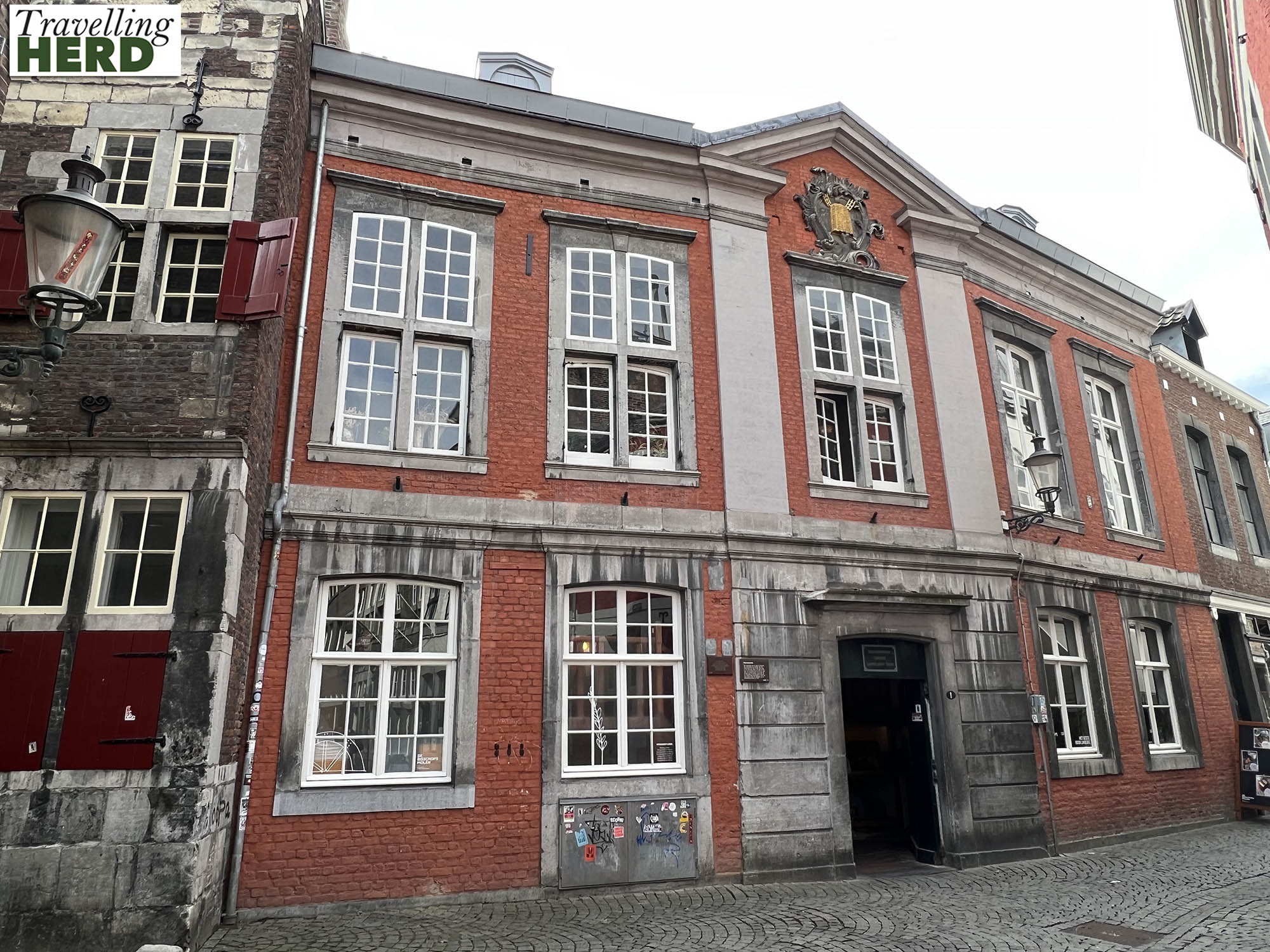
The Romanesque Basiliek van Onze-Lieve-Vrouw [Basilica of our Lady] is said to be on the site of much older places of worship possibly dating back to Roman times. Most of the current building was constructed during the eleventh and twelfth centuries.
When Maastricht came under the control of Napoleon’s First French Republic in 1794, the church and cloisters were used as a blacksmith shop and stables by the military but returned to use as a place of worship again in 1837.
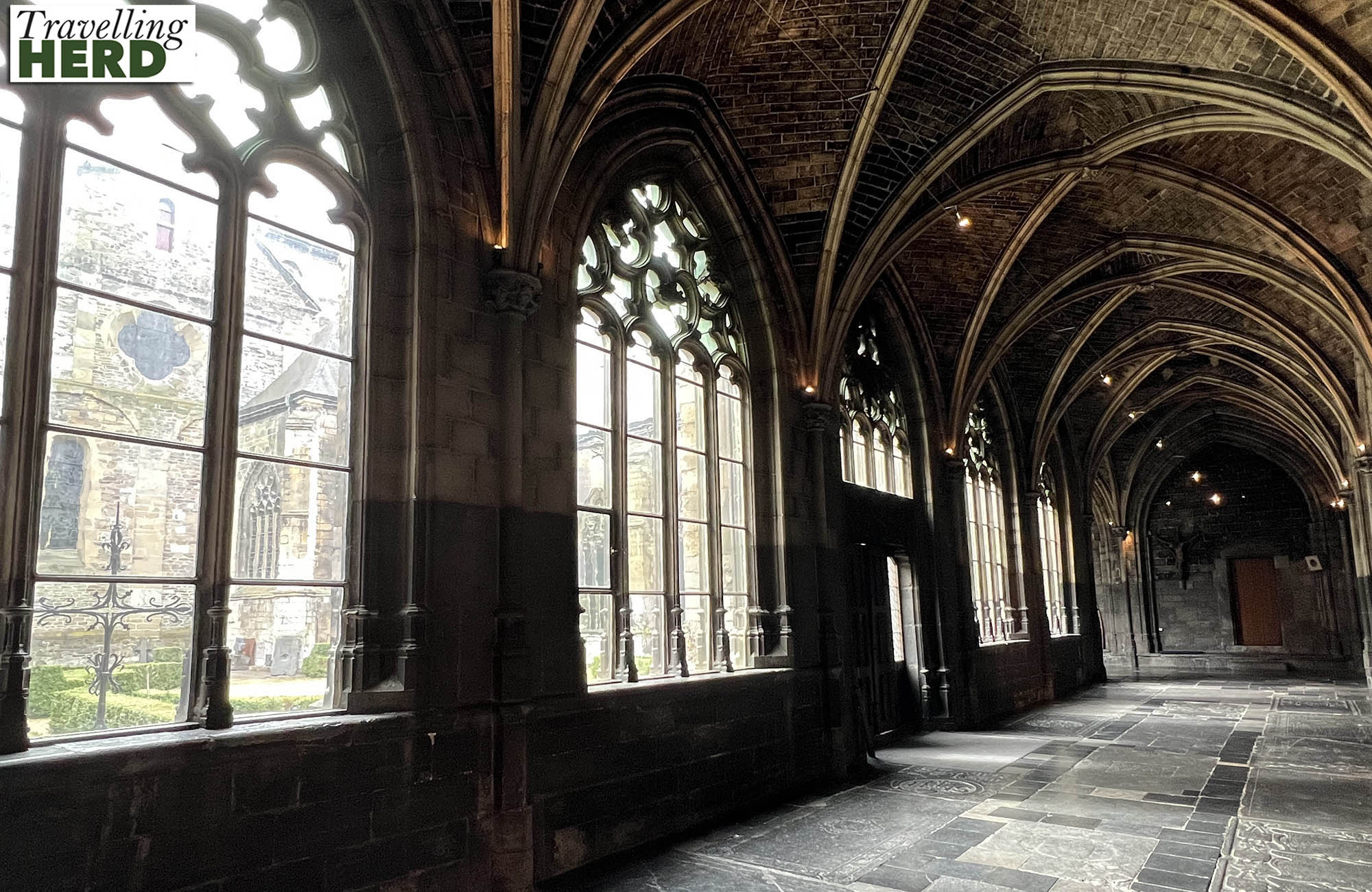
The church has two choirs, two crypts as well as an imposing westwork, [below left] which we learned is ‘a monumental entrance to a church, often facing west’.
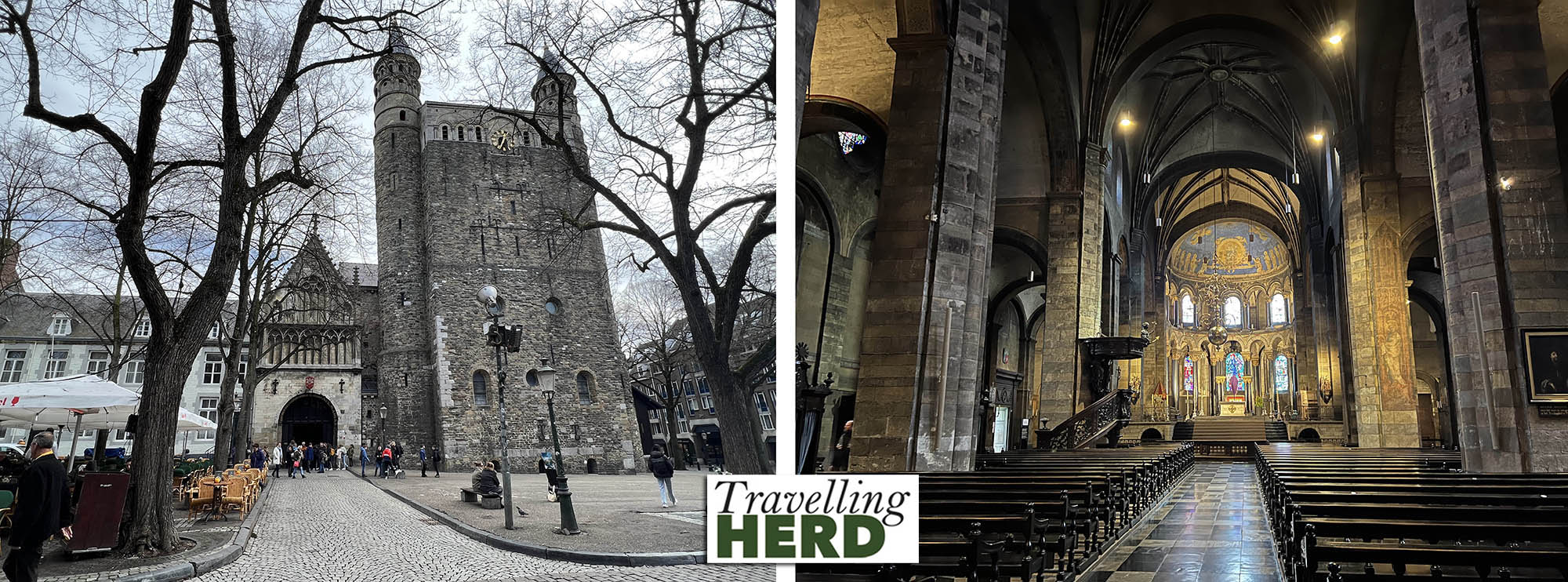
From here we strolled on to the Basilica of Saint Servatius where Robert first mingled with the characters in the art installation in the square.
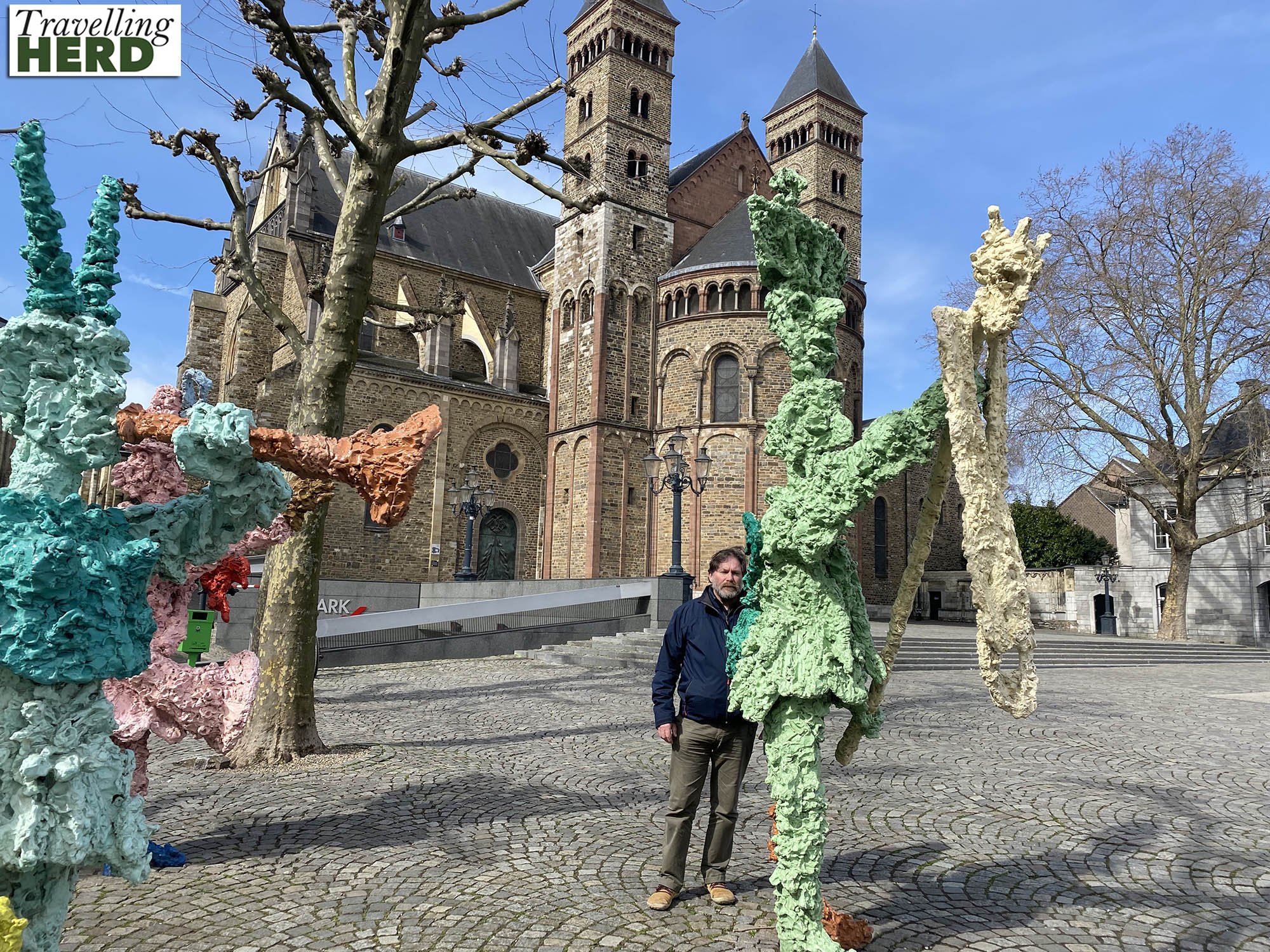
A monastery was attached to the church till the year 1000 and the cloisters, comprising three vaulted corridors with Gothic windows around the courtyard, remain. They were a peaceful haven in the sunshine.
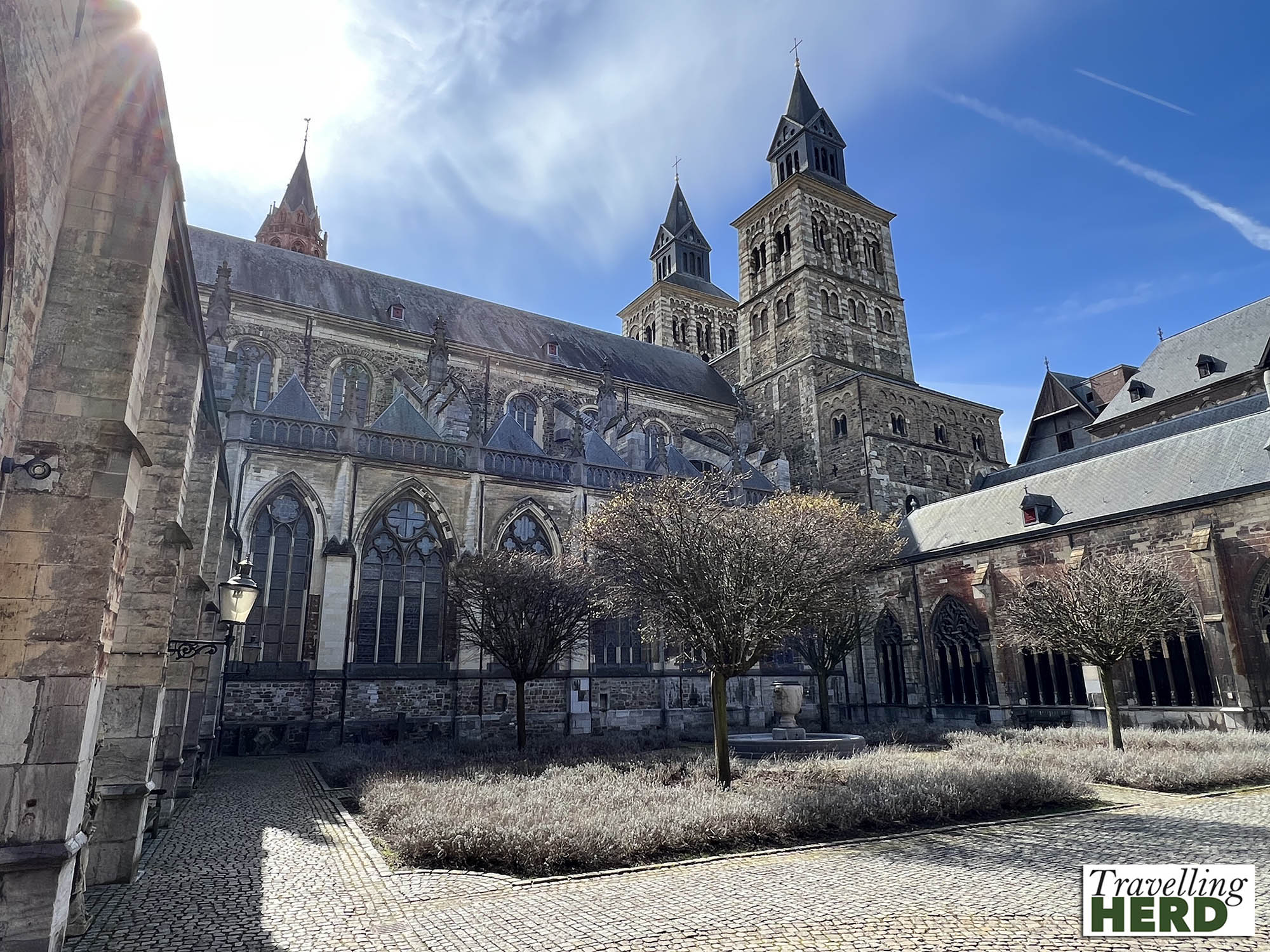
In 1983 the church bell was removed and placed in the cloister garden. It is nicknamed Grameer or Grandmother and weighs 6350 kg, which is a lot of grandmother.
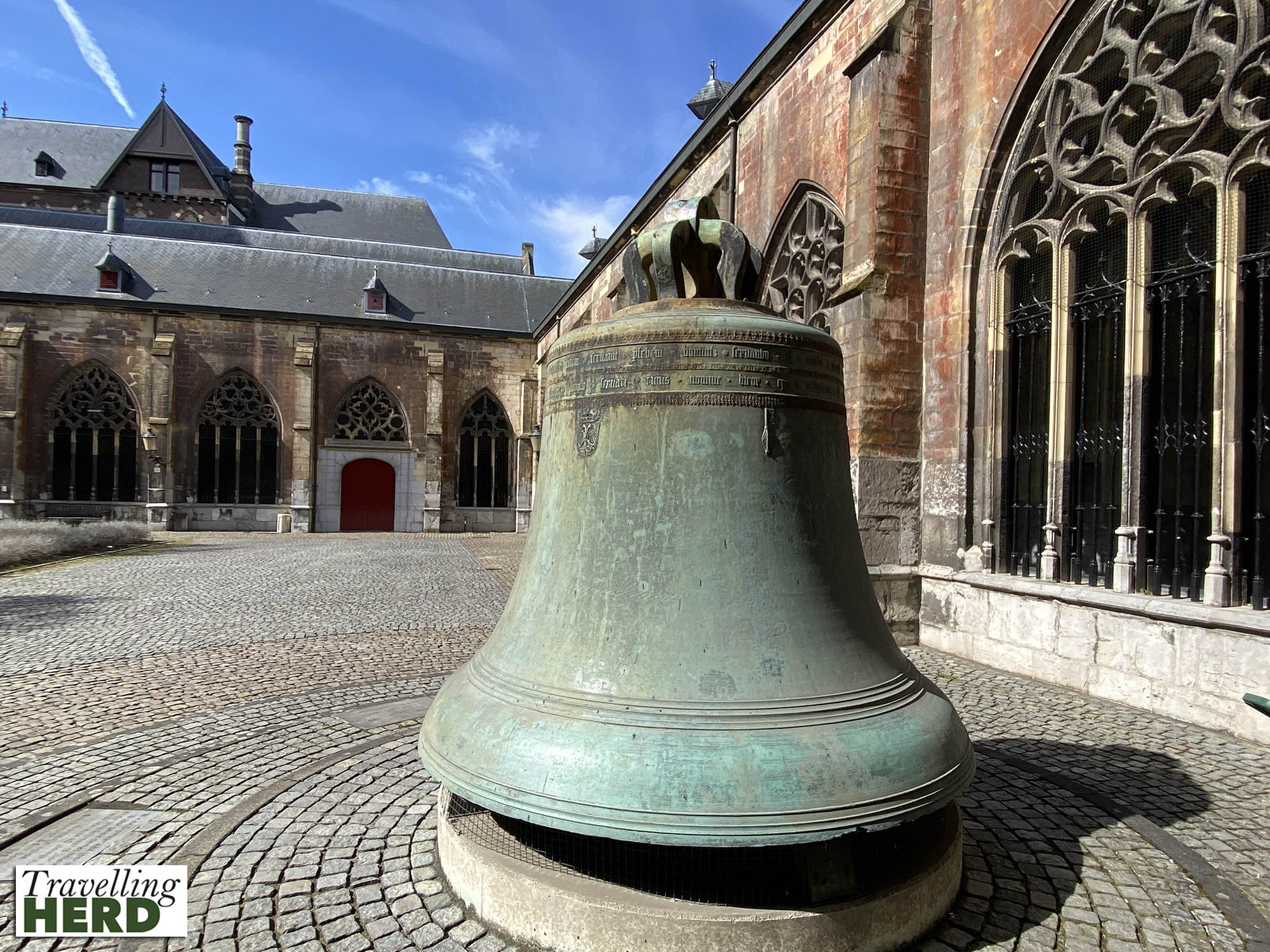
The original wooden ceiling was replaced in the 15th century by beautiful Gothic vaulting, decorated with colourful vault keys depicting angels, saints and biblical scenes.
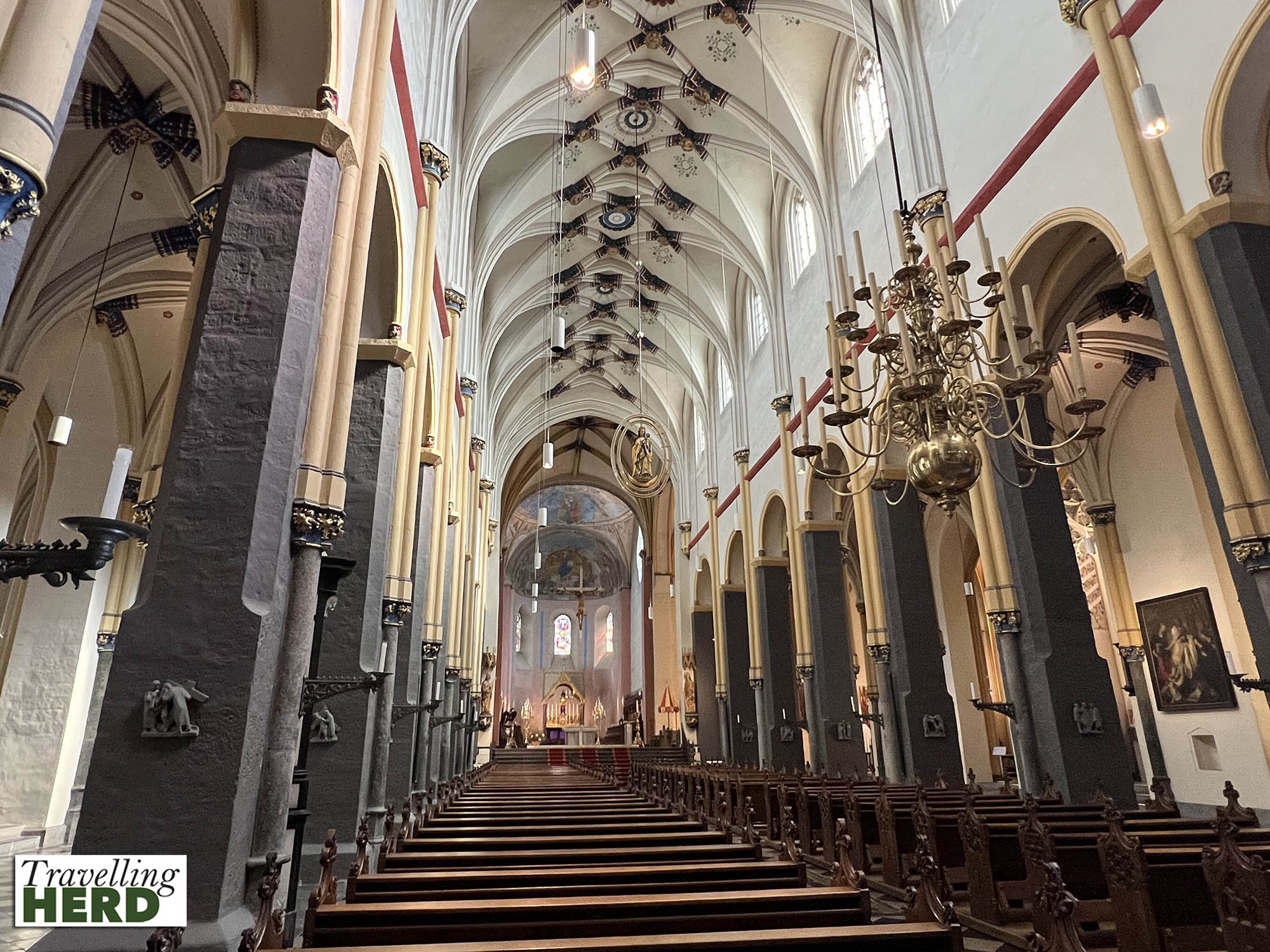
The southern portal of the basilica or Bergportaal is quite splendid and can only be reached from inside the church.
The decoration includes biblical characters and Saint Servatius’ grandfather, Eliud, who claimed a direct family line to Christ. The floor tiles date from the late 19th century and form a labyrinth leading to the Heavenly Jerusalem.
Saint Servatius is celebrated on May 13th and is cited variously as being the patron saint of toe nails, ankle pain, leg ailments and rheumatism.
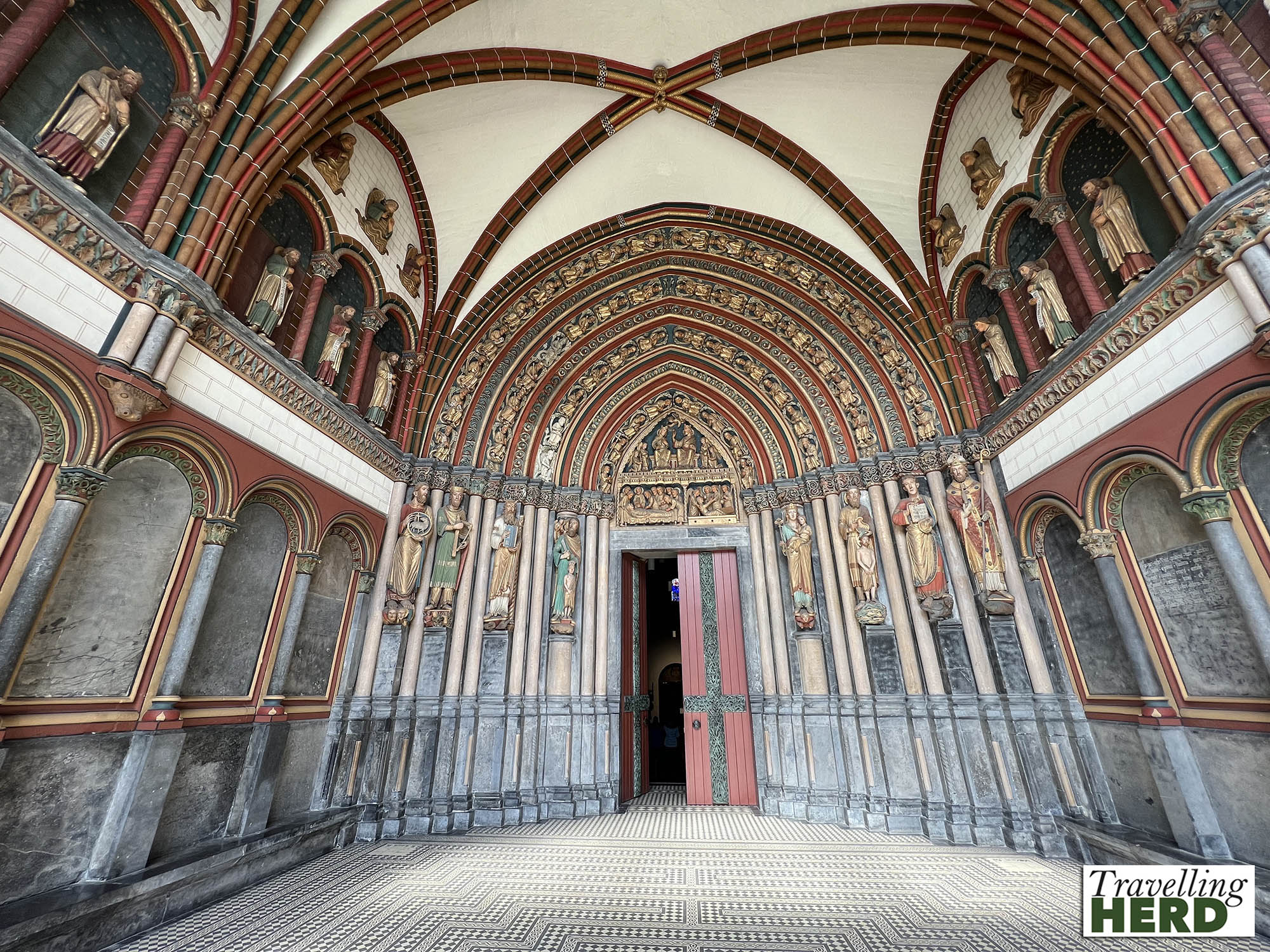
The square facing the Basilica of Saint Servatius is lined with cafés and bars and Robert planned to return to meet friends here later in the day.
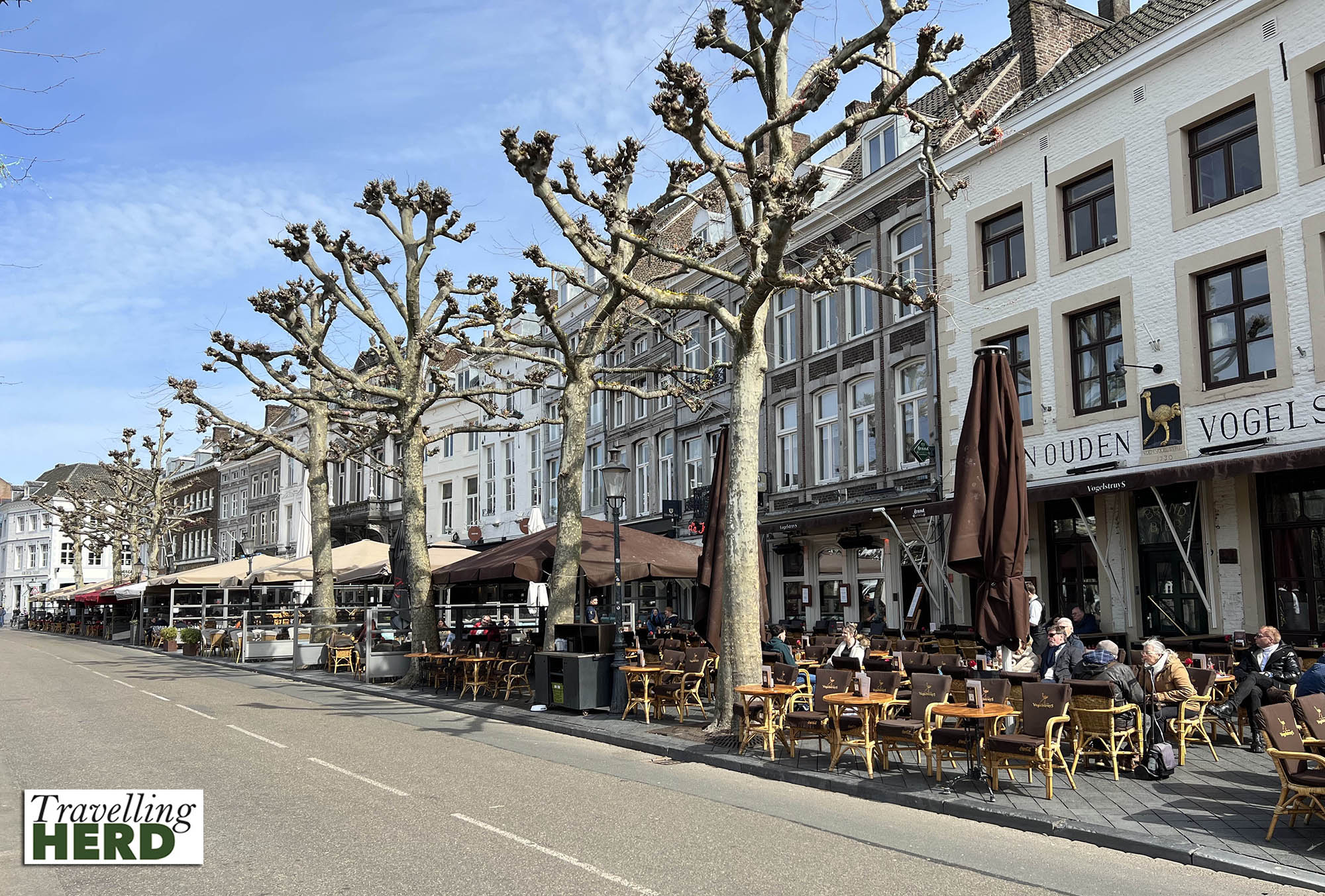
Our next stop was the Boekhandel Dominicanen [Dominicanen Bookstore], an independent bookstore in a Gothic church.
Originally built in 1294, it retains a 14th century fresco showing scenes from Thomas Aquinas’ life which is known as the Netherlands’ oldest ecclesiastical wall painting. The other wall paintings date from the 1600s.
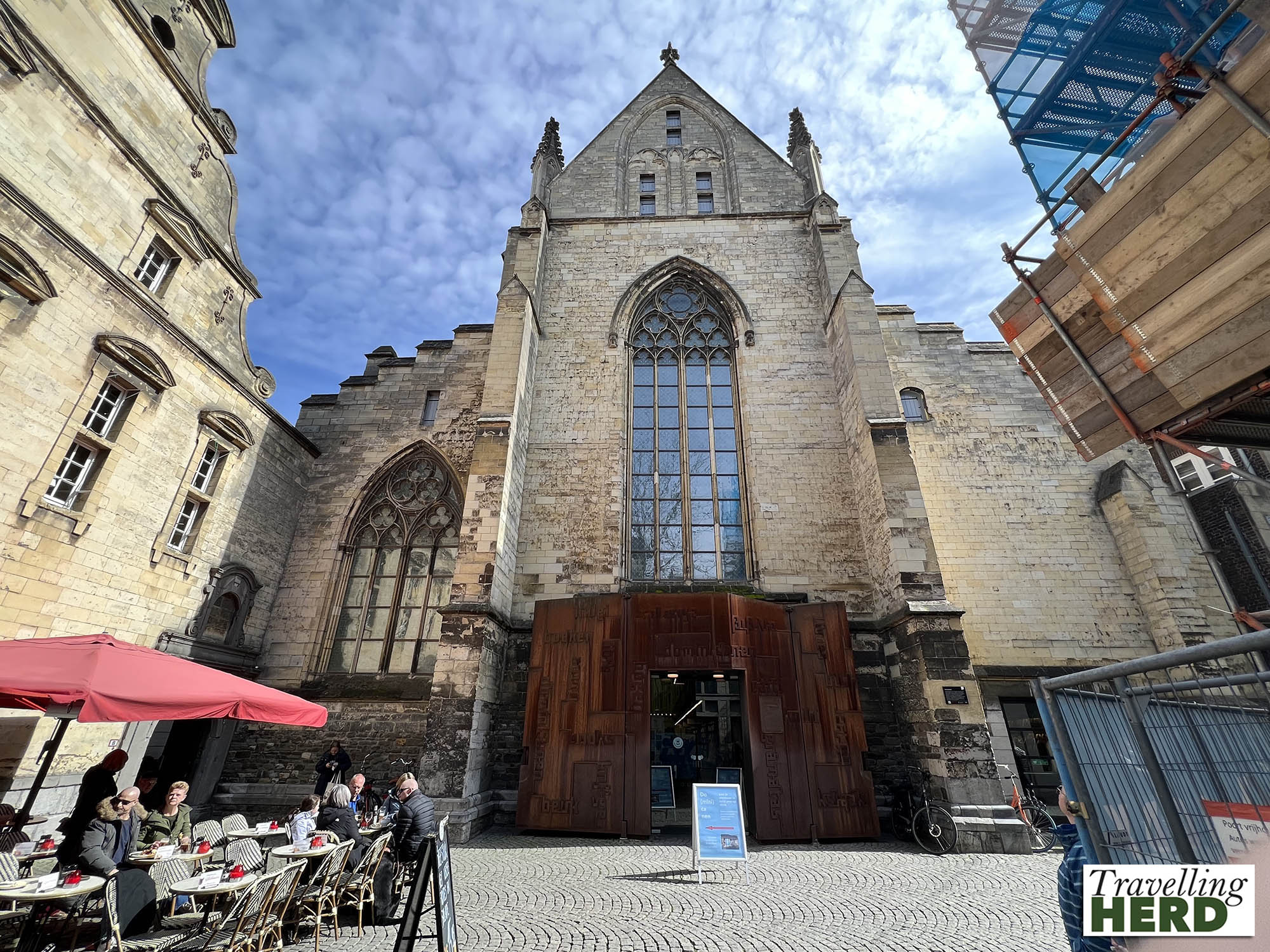
In 1794, Napolean Bonaparte rather disrespectfully used the church to house personnel and store equipment. Over the intervening years, the church has been used as bike storage, a warehouse, a carnival, a boxing ring, and a printing house.
In 2006, the ancient church was converted into a bookstore and in 2014 after the owner filed for bankruptcy, the bookstore became independent and was renamed Boekhandel Dominicanen. The store has a music department with vinyl records and CDs and hosts author events throughout the year.
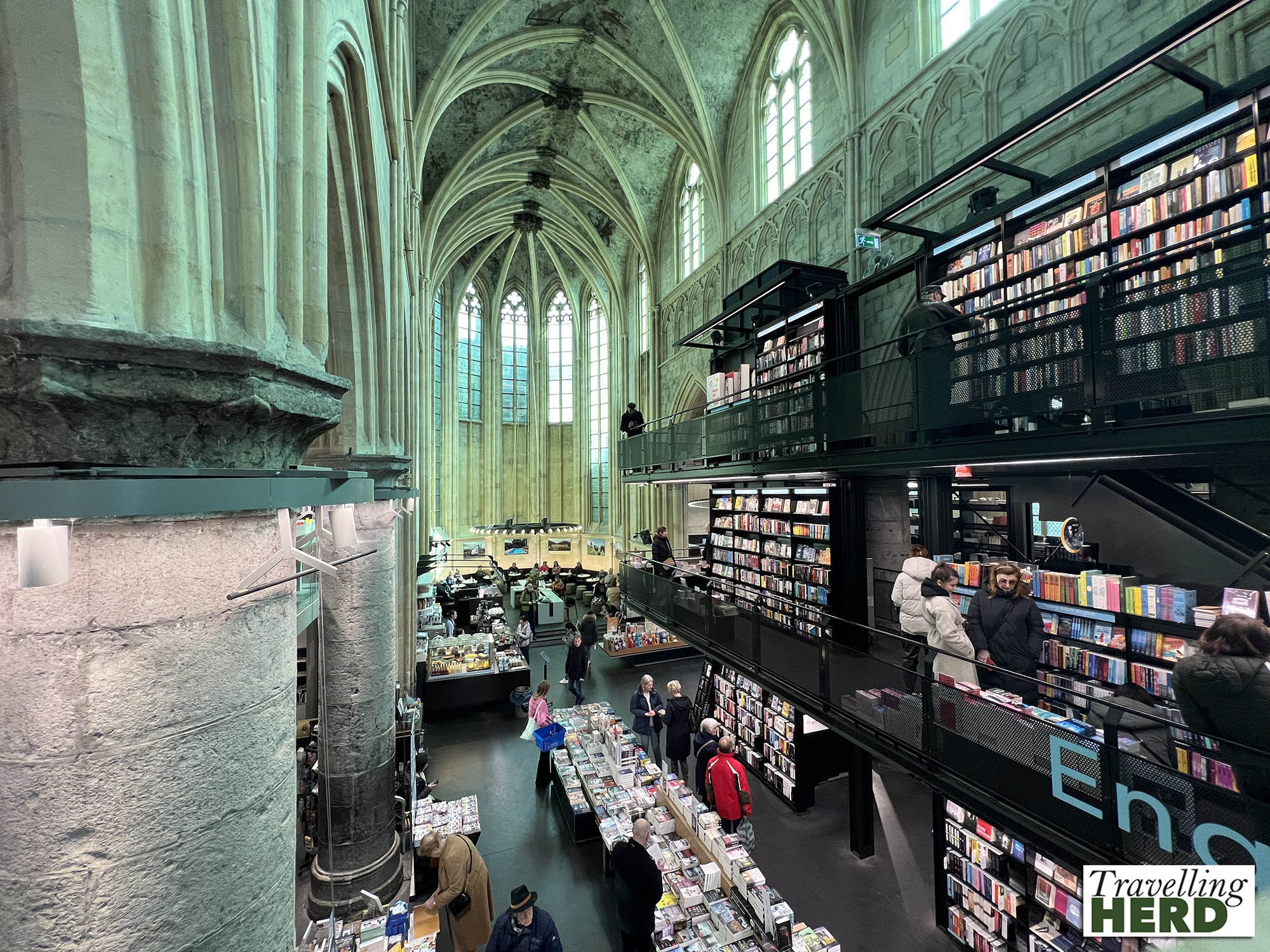
The Dominicanen Bookstore bookstore spans three storeys and also has a cafe in the former choir area so Matilda decreed it was time for coffee and cake.

After some restorative refreshments, we continued our walk round the historic town. We passed the Stadhuis [Town Hall], a five-storey building in Markt, which is considered an important example of Dutch classicism. The foundation stone was laid in 1659 and the municipal council moved in here in 1664, although the tower was not completed until 1684 as work was delayed by a lack of funds.
French bombardment during the Siege of Maastricht (1793) heavily damaged the building and the richly decorated interior is therefore largely 18th century.
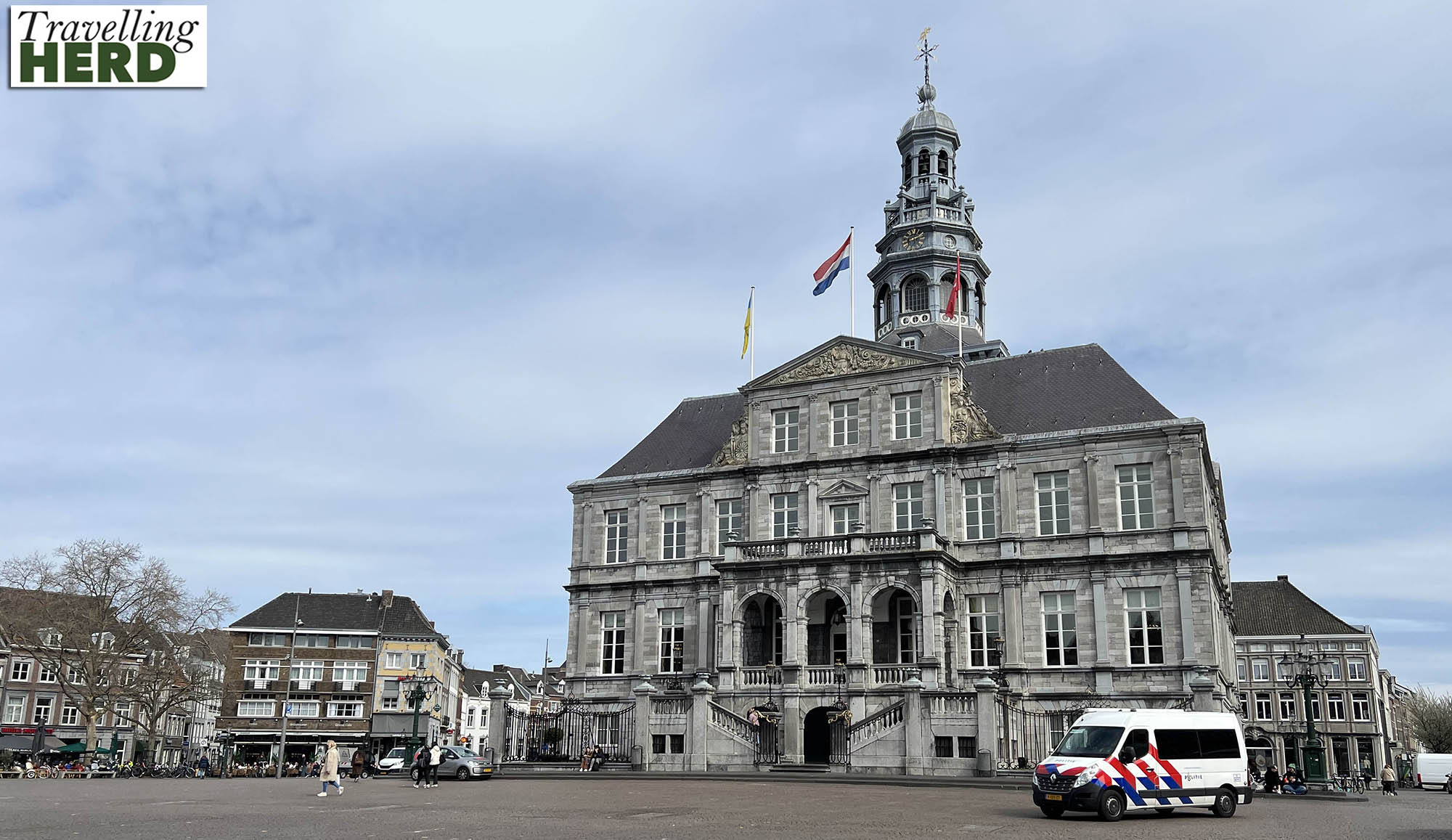
The Mooswief which rather prosaically translates as the Vegetable Woman Statue also stands in Markt. Sadly the sculptor died before she was unveiled in 1953. On the Saturday before the annual carnival, the Mooswief is apparently decorated with a garland of vegetables.
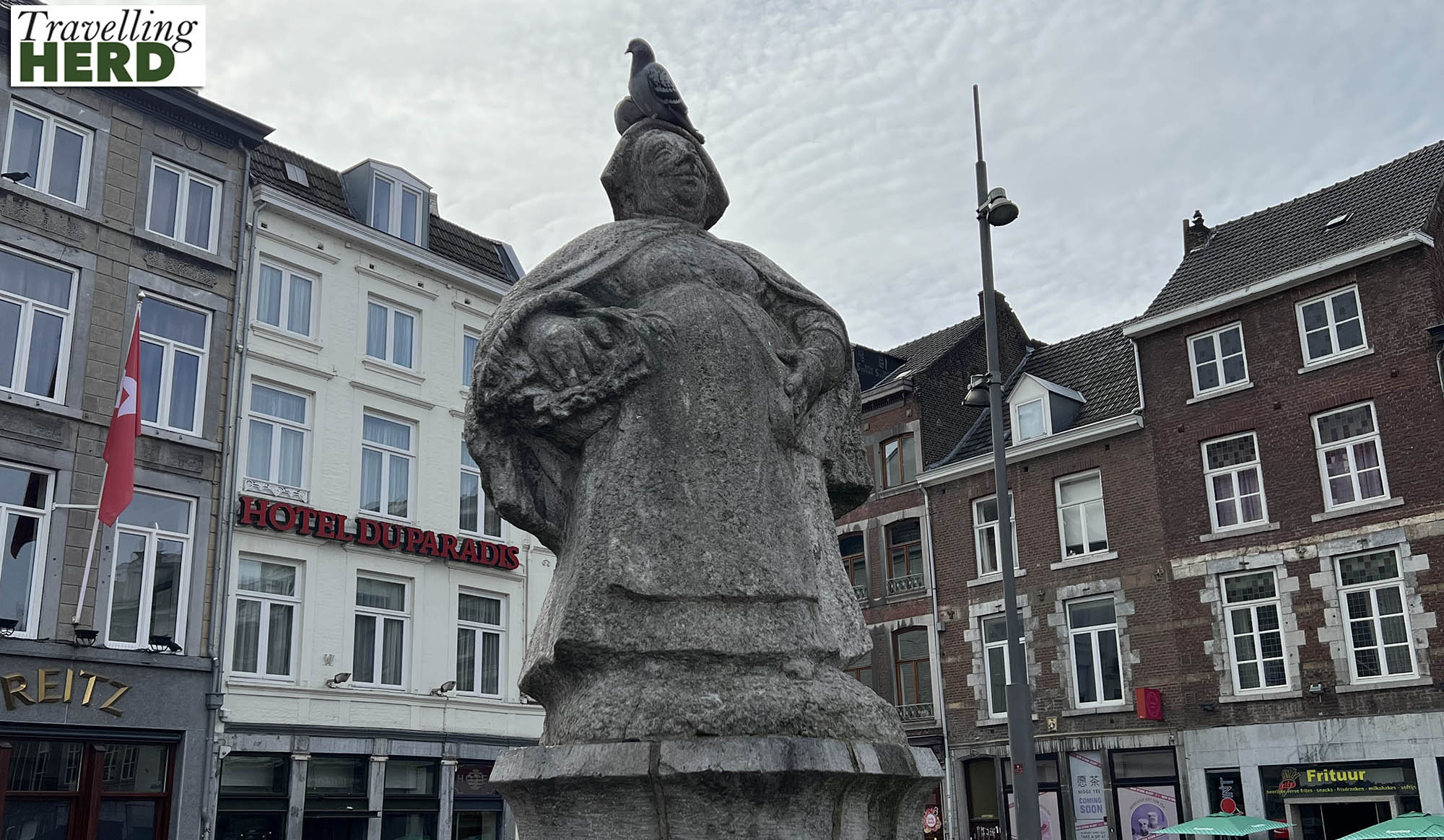
Unsurprisingly in a market square in the Netherlands, the cheese stalls here were impressive.
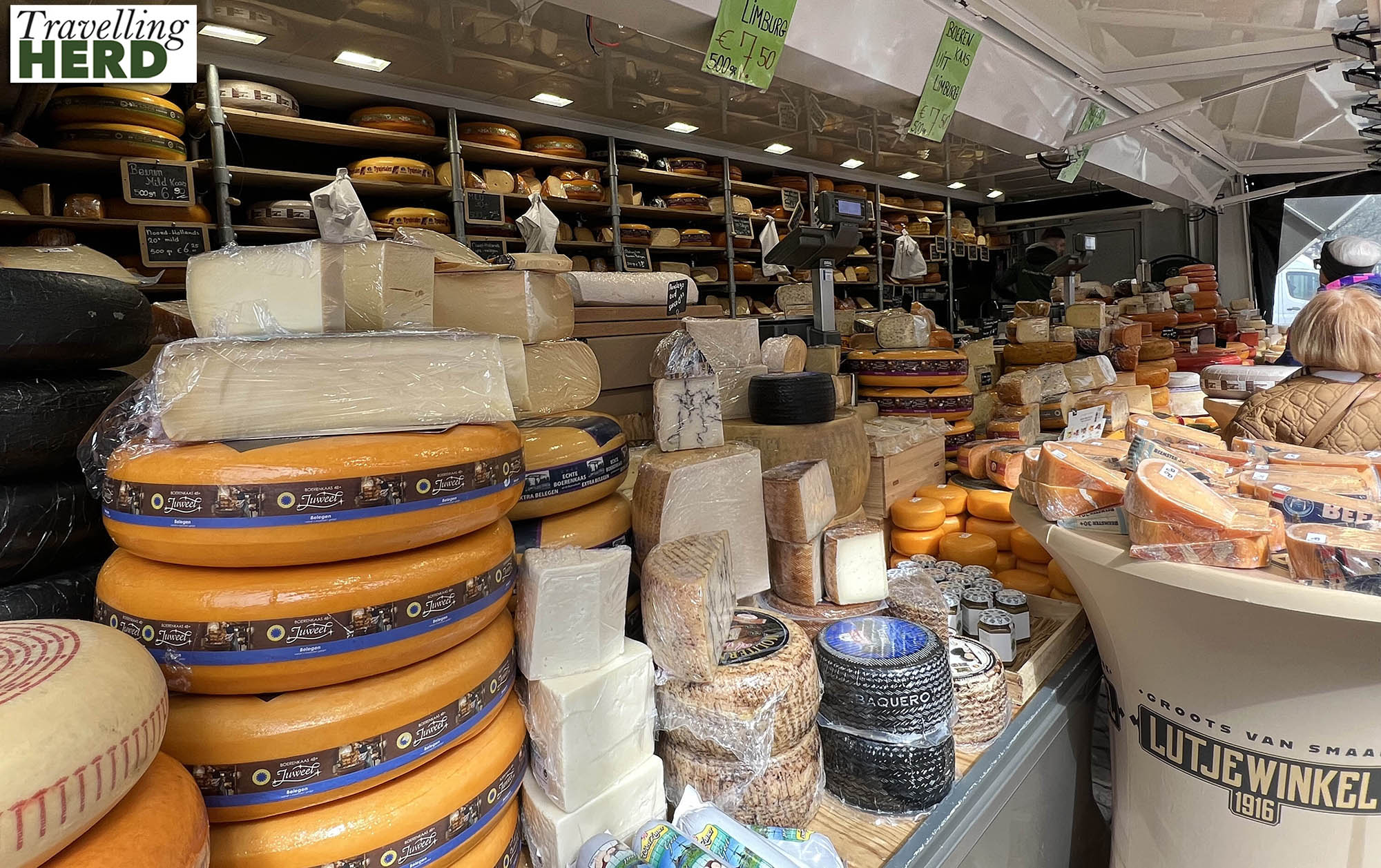
De Bisschopsmolen [the Bishop’s Mill] is a working water mill dating from the 14th century [see Video of the day]. The flours and grains ground here are made into breads and pastries at the adjoining bakery. Matilda had already succumbed to a slice of apple cake in the café at the Boekhandel Dominicanen and promised herself a visit should we return.
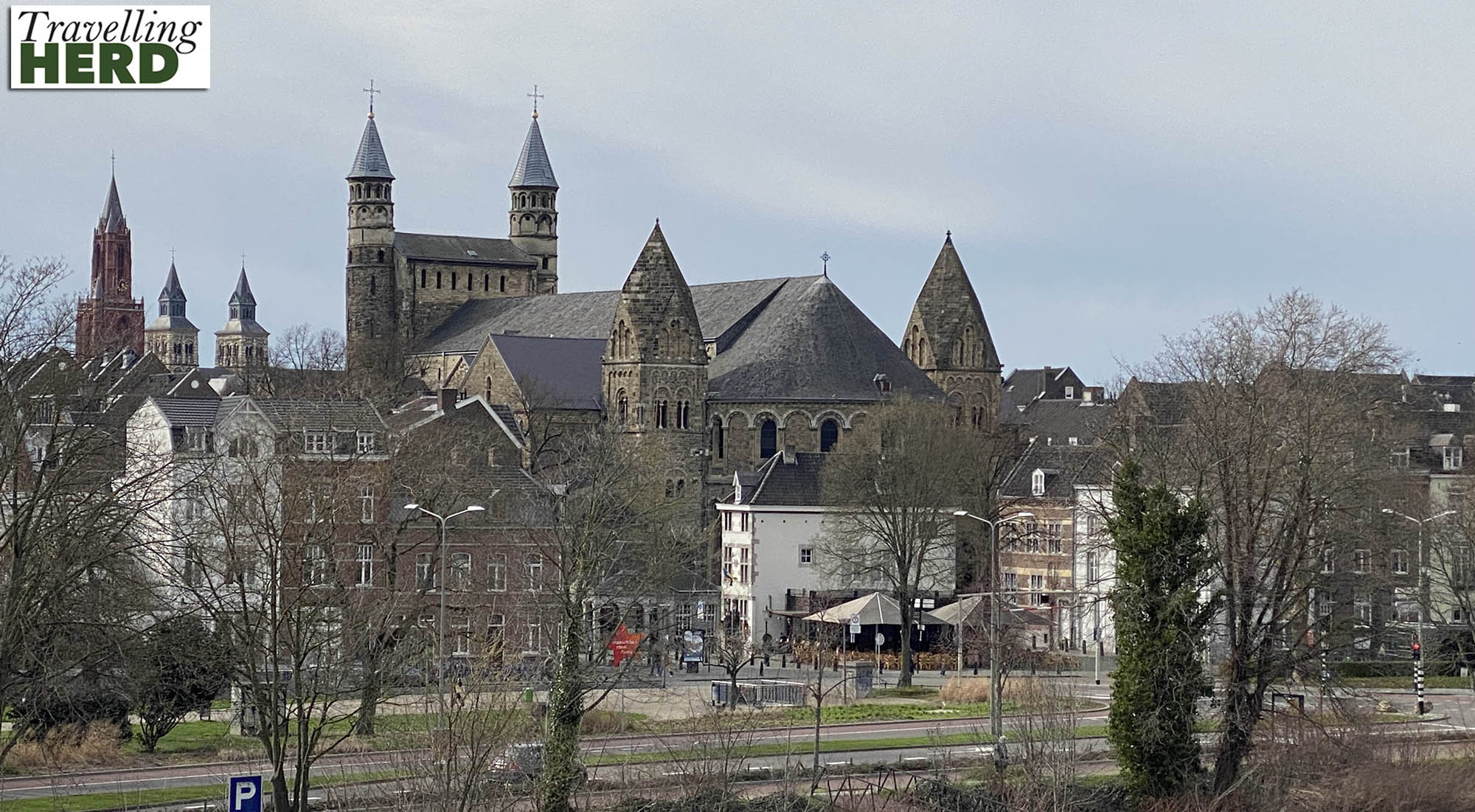
Having acquainted ourselves with the main historical sites of the city, we arranged to meet an old friend and colleague of Roberts, so returned to the square by the Basiliek van Onze-Lieve-Vrouw [Basilica of our Lady].
It was lovely to catch up with Richard and Mandie who we last saw on our trip here in 2018 when they were most hospitable to both us and our dog, Ralf.
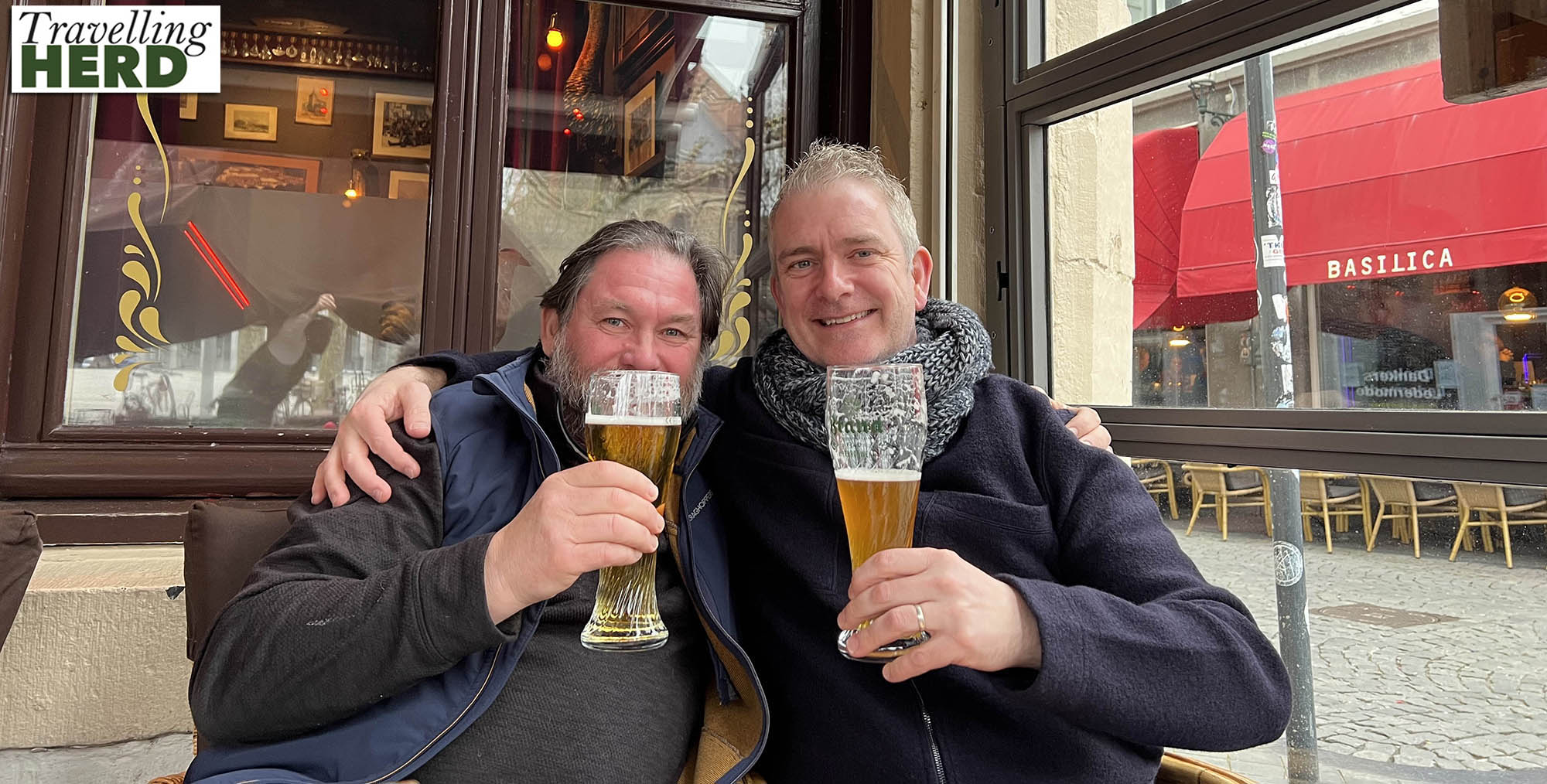
On our way home the following day via Brussels and the Eurostar, Robert insisted he had a swift fruit beer at a favourite Brussels bar.
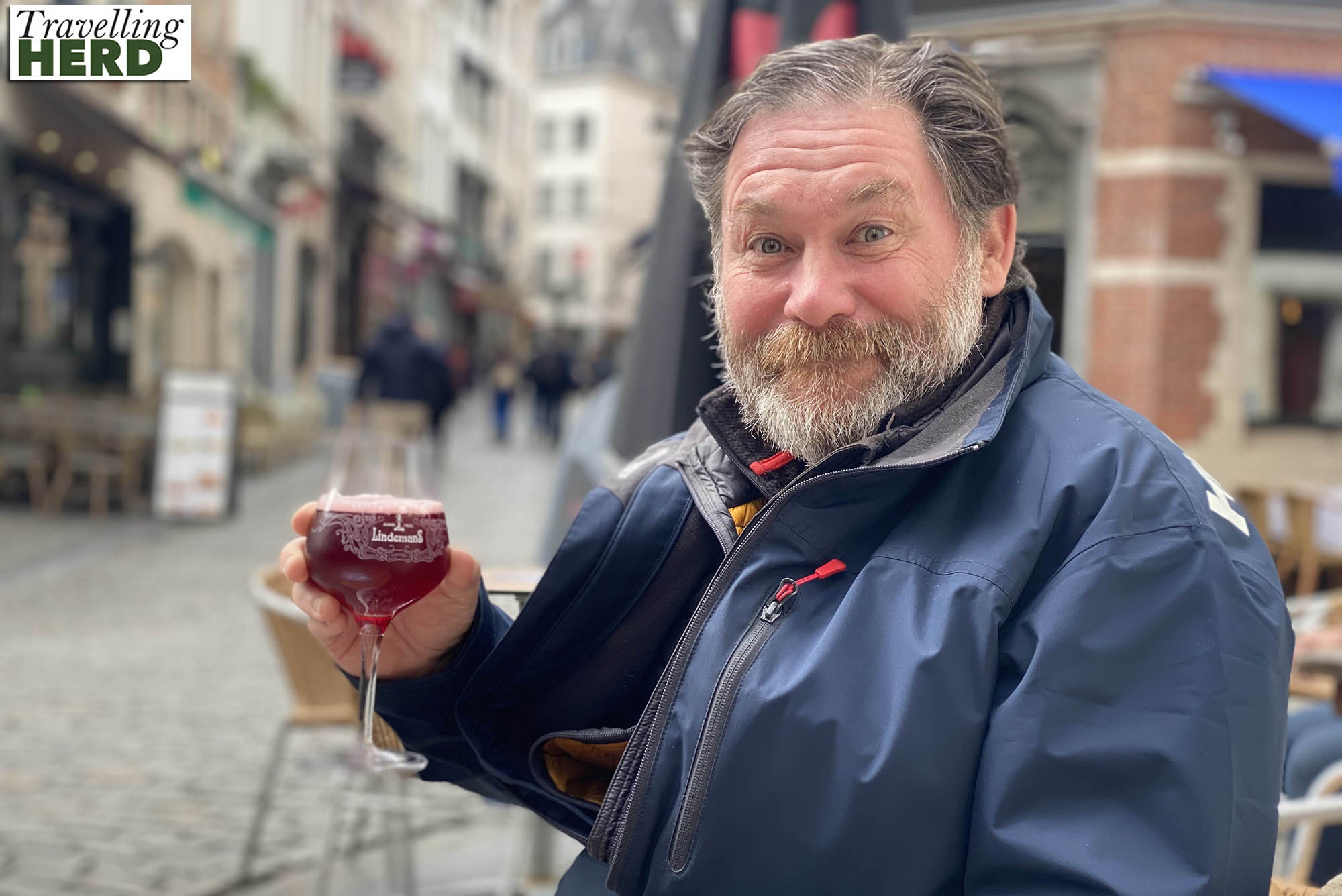
Video of the day:
Selfie of the day:
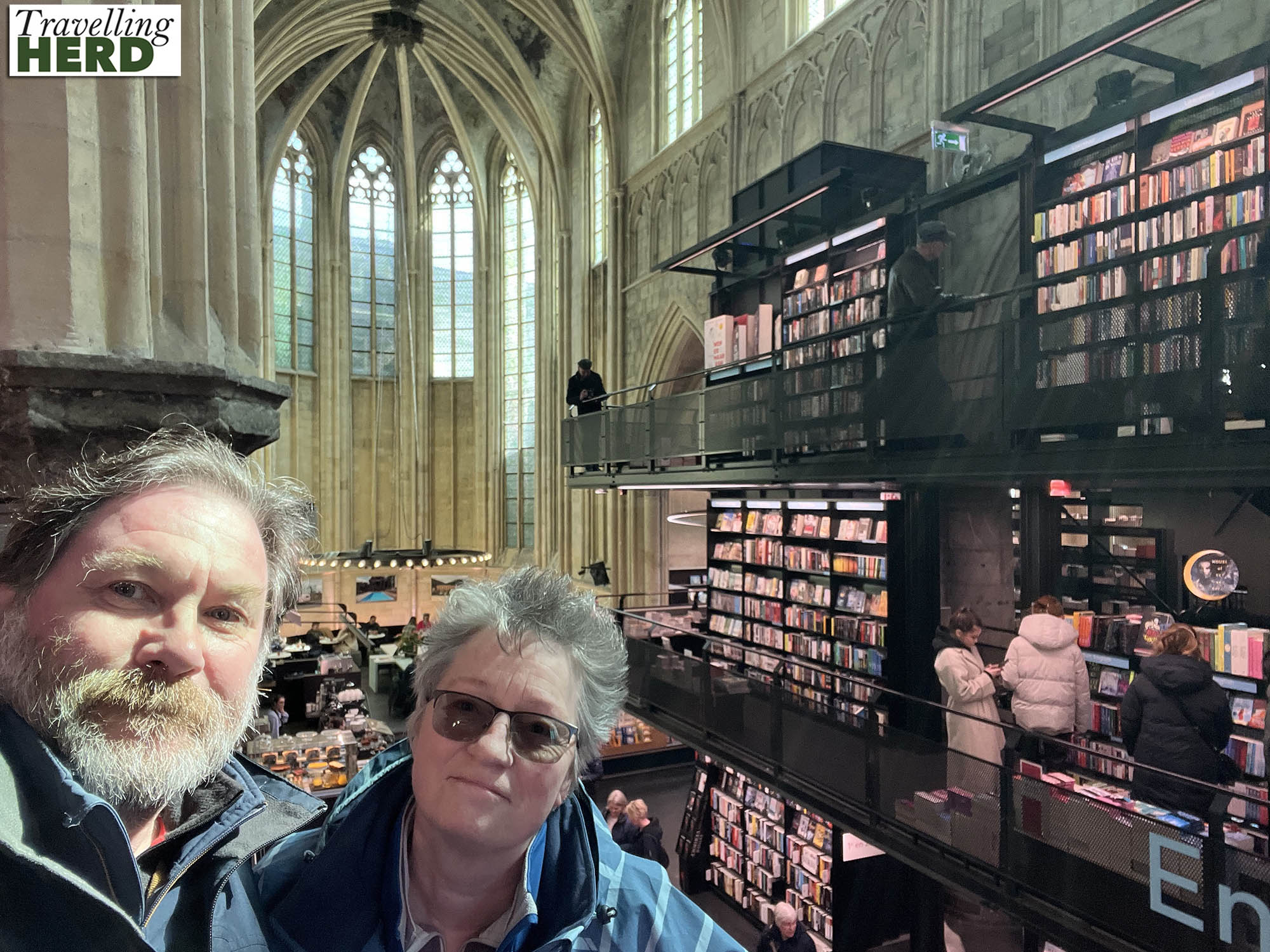
Dish of the day:
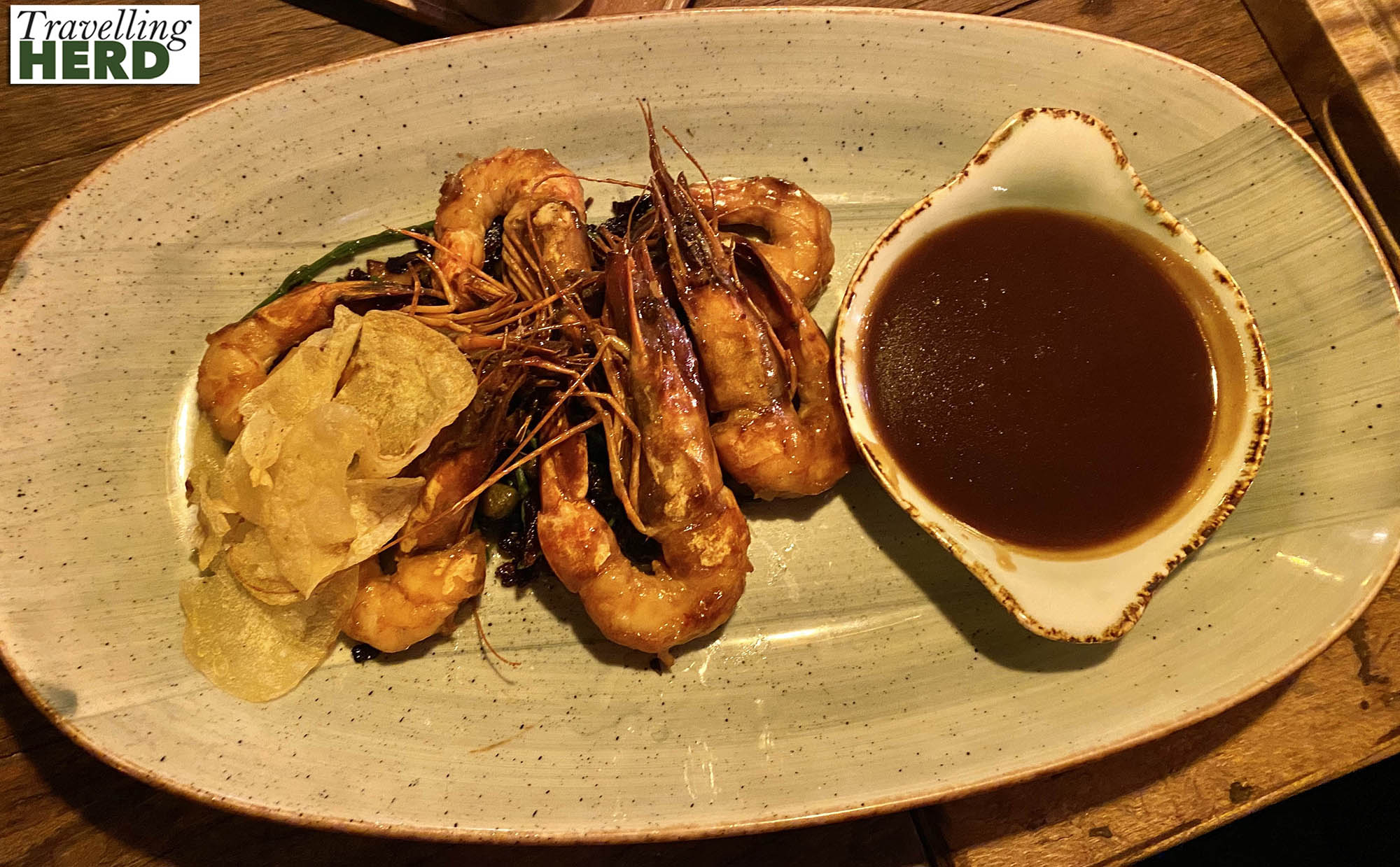
Route Map:
